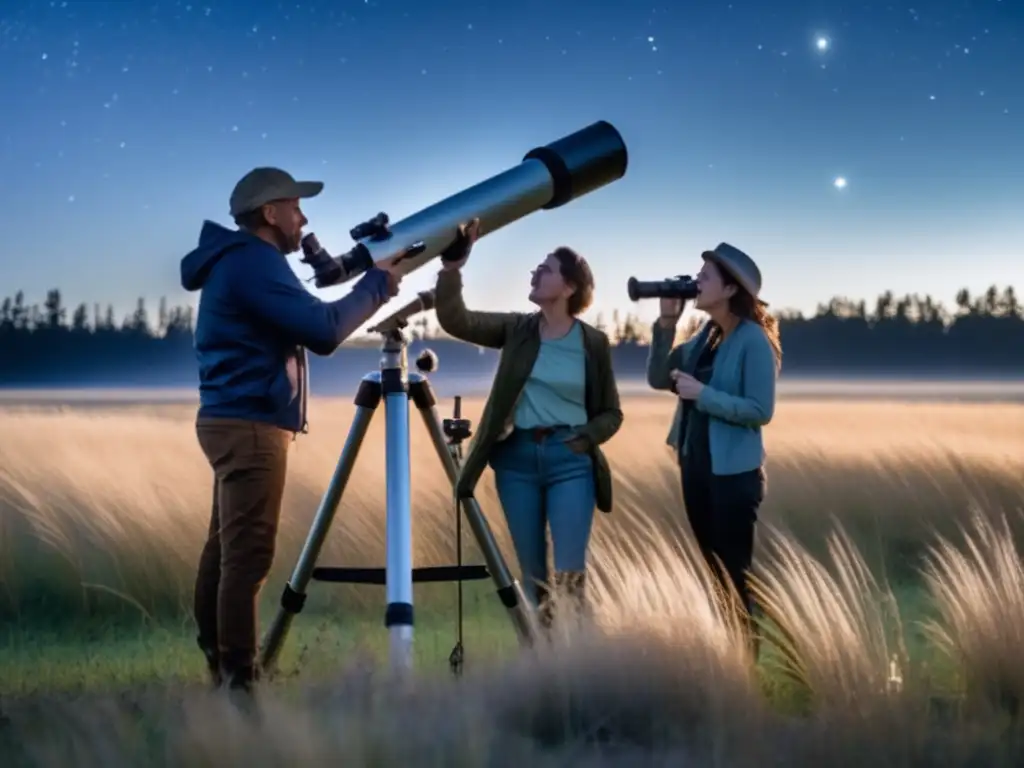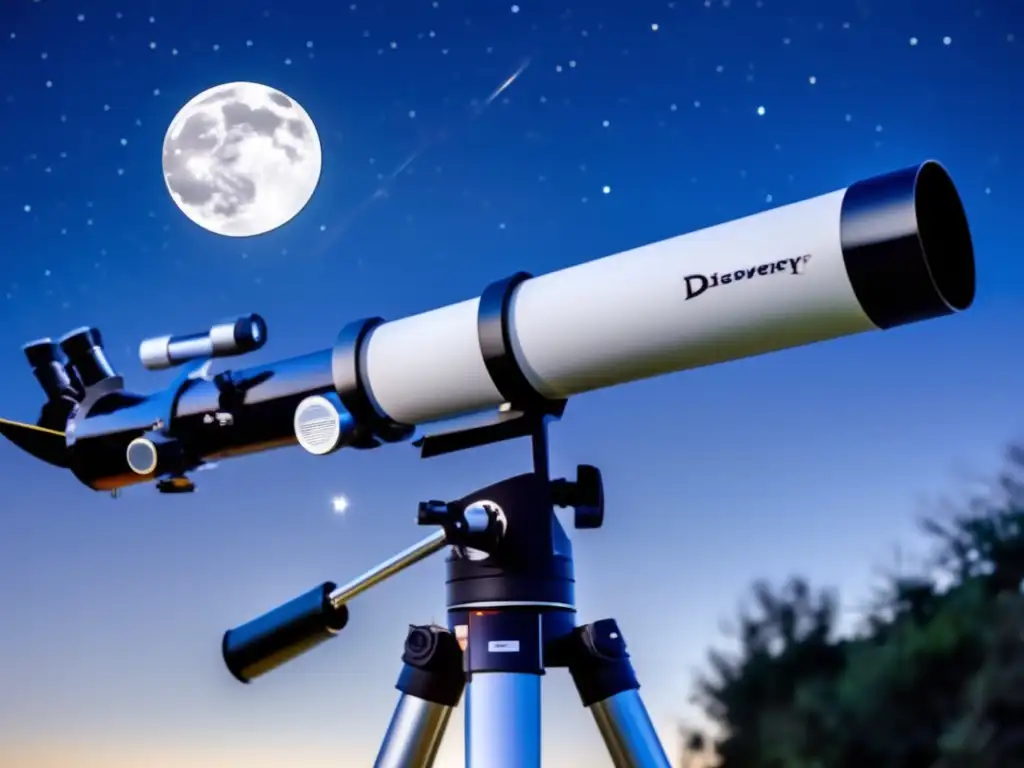Asteroid Hunting With Refractor Telescopes: A Guide

Introduction
Asteroids have always captivated the imagination of humanity, and their study continues to unveil fascinating insights about our solar system's history. One of the most thrilling activities for astronomy enthusiasts is asteroid hunting, where they can spot these celestial bodies through telescopes and contribute to scientific research. In this comprehensive guide, we will explore the art of asteroid hunting specifically using refractor telescopes. We will delve into the techniques, equipment, and tips that will help you become an accomplished asteroid hunter.
The Basics of Asteroid Hunting

Understanding Asteroids
Asteroids are rocky objects that orbit the Sun and are remnants from the early stages of our solar system. These celestial bodies can range in size from tiny boulders to large, dwarf planet-sized objects. By studying asteroids, scientists gain valuable insights into the formation and evolution of our solar system.
Why Hunt Asteroids?
Hunting asteroids is not only exciting but also contributes to scientific research. Amateur astronomers often collaborate with professional organizations to help identify and track asteroids, providing crucial data for determining their orbits and potential threats to Earth.
Choosing the Right Telescope
For asteroid hunting, refractor telescopes are an ideal choice. Their superior optical quality and ability to gather substantial amounts of light make them excellent tools for observing asteroids. Select a refractor telescope with a moderate to large aperture for the best results.
Techniques for Asteroid Hunting

Preparation and Planning
Prior to starting your asteroid hunting journey, it is crucial to plan your observing sessions. Familiarize yourself with software and online tools that provide information on asteroid locations and visibility. These resources will help you identify optimal viewing times and locations.
Field of View and Magnification
When observing asteroids, it is vital to choose an appropriate field of view (FOV). A wider FOV allows you to locate and track moving asteroids more easily. Additionally, selecting the right magnification level ensures that the asteroid remains visible without losing details.
Asteroid Tracking Techniques
To effectively track asteroids, it is important to compensate for their apparent motion across the night sky. Utilize manual or motorized telescope mounts to counteract this motion. Additionally, consider using specialized tracking software to assist in locating asteroids within your chosen field of view.
Asteroid Hunting Tips and Best Practices

Dark Sky Locations
Finding a dark sky location free from light pollution greatly enhances your chances of observing and tracking asteroids. Seek out remote areas, away from city lights, to maximize your viewing experience.
Patience and Persistence
Asteroid hunting requires patience and persistence. Sometimes, you may not find any asteroids during a session. However, consistent efforts and repeated observations will increase your chances of stumbling upon these celestial gems.
Data Reporting and Collaboration
As an asteroid hunter, it is important to contribute your findings to scientific databases. Reporting your observational data helps scientists refine asteroid trajectories, determine rotation periods, and eliminate uncertainties in their orbits. Collaborate with organizations like the International Astronomical Union's Minor Planet Center to make significant contributions to asteroid research.
Frequently Asked Questions

-
Can I hunt asteroids with a reflector telescope?
No, refractor telescopes are generally more suitable for asteroid hunting due to their superior optical quality and light-gathering capabilities.
-
How do I find out the visibility of asteroids?
Several online tools and software provide real-time information on asteroid positions and visibility. Utilize these resources to plan your observing sessions effectively.
-
What if I cannot observe asteroids due to light pollution?
Seek out dark sky locations away from cities and light pollution. These areas offer optimal conditions for asteroid observation.
-
Why is tracking software important for asteroid hunting?
Tracking software can assist in locating moving asteroids within your field of view, making it easier to track their apparent motion.
-
How can I contribute my findings as an amateur asteroid hunter?
Collaborate with organizations like the International Astronomical Union's Minor Planet Center to report your observational data. Your contributions will aid in furthering our understanding of asteroids.
Conclusion
Asteroid hunting with refractor telescopes is an exciting and valuable endeavor that allows astronomy enthusiasts to explore and contribute to the scientific study of our solar system. By following the techniques, tips, and best practices outlined in this guide, you can embark on an asteroid hunting adventure and make meaningful discoveries. Remember to share your findings, collaborate with scientific organizations, and continue expanding our knowledge of these captivating celestial objects.
Share your thoughts and experiences in the comments section below, and don't forget to subscribe to www.asteroidrealm.com for more fascinating asteroid-related content. Thank you for joining us on this exploration of the asteroid realm!
Additional Resources

For more information on asteroid hunting, check out the following resources:
- NASA's Asteroid and Comet Watch
- International Astronomical Union's Minor Planet Center
- Sky & Telescope's Guide to Using Your Telescope for Asteroid Hunting
 Choosing The Right Time For Asteroid Observation
Choosing The Right Time For Asteroid Observation Tips To Enhance Your Asteroid Observation Experience
Tips To Enhance Your Asteroid Observation Experience Binoculars Vs. Telescopes: Which Is Better For Asteroid Viewing?
Binoculars Vs. Telescopes: Which Is Better For Asteroid Viewing?If you want to discover more articles similar to Asteroid Hunting With Refractor Telescopes: A Guide, you can visit the Telescopes and Asteroid Observation category.
Leave a Reply

Articulos relacionados: